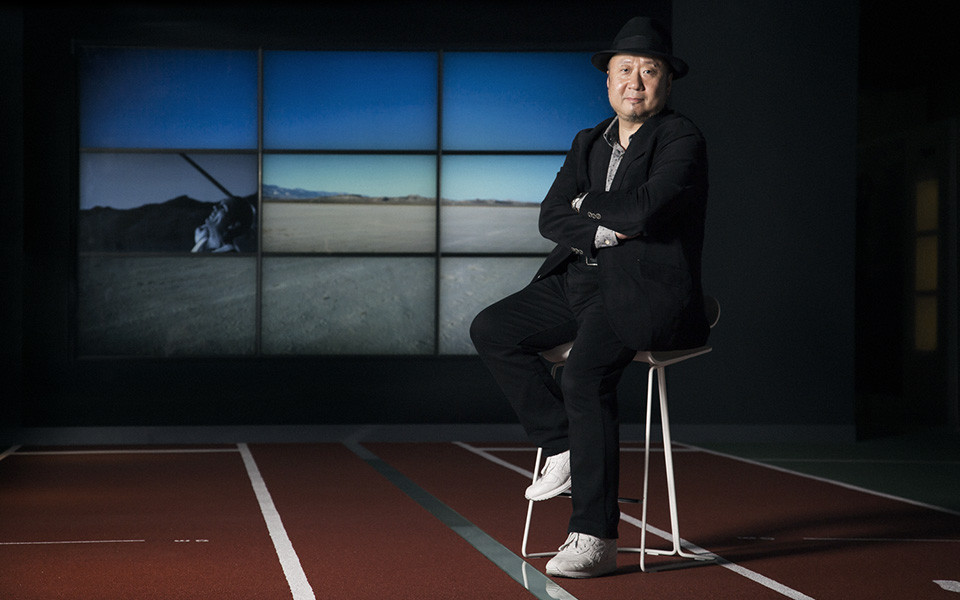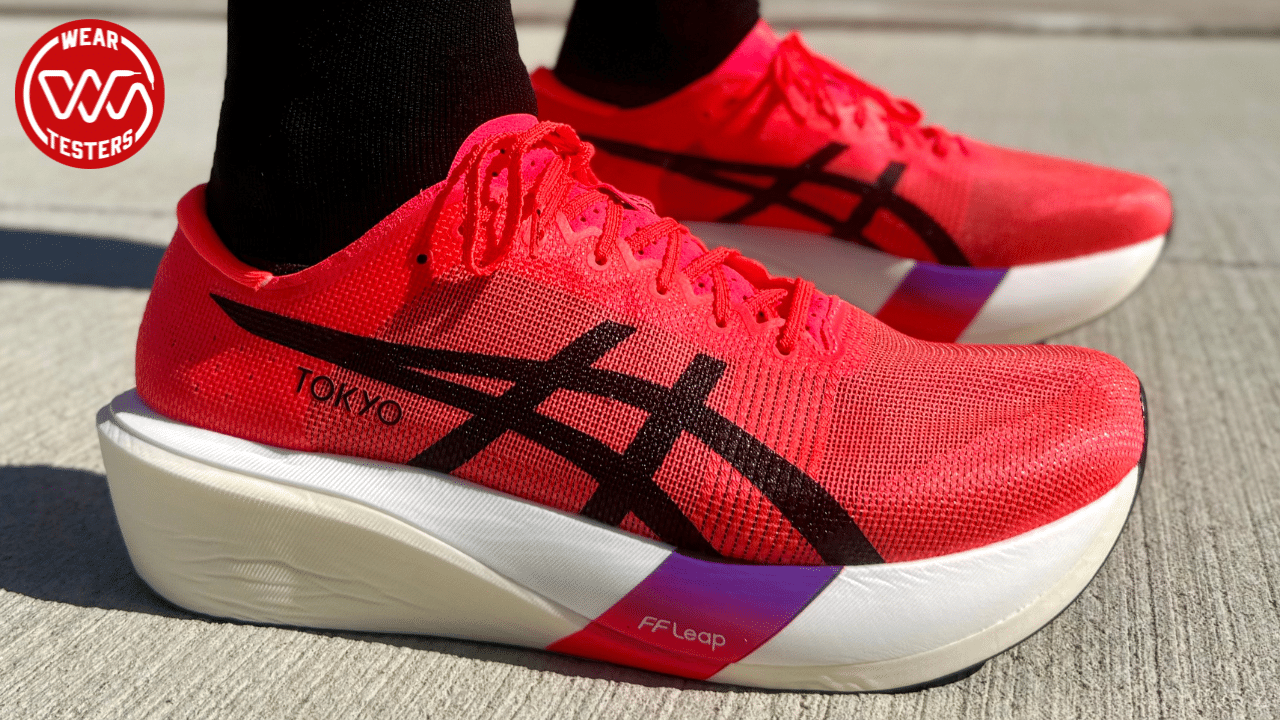Now that sportswear brands have become content creators they’re telling some really interesting stories. The first from Asics is that of Shigeyuki Mitsui, a designer that started implementing the newly developed Asics Gel cushioning in the mid-80s. This is the first of a series called Asics Tiger Voice.
I have always loved Asics Gel cushioning (it gets more comfortable with every wear) so I loved this — it is well worth the read. Here is the interview with Shigeyuki Mitsui in its entirety courtesy of Asics Tiger.
ASICS Tiger VOICE introduces people, who wear ASICS Tiger, play, and express themselves, transcending genres.
This time, we are pleased to introduce Mr. Shigeyuki Mitsui. He was involved in the birth of the “αGEL” material in 1986 as a shoe designer of ASICS and developed numerous masterpieces since then.
We asked him to talk about the “GEL” material’s potential and the future of ASICS Tiger from the viewpoint of a developer.

When I came across it, I knew it was the inspiration.
Q: Please tell us the first impression you had when you discovered “αGEL” material.
Shigeyuki Mitsui (hereinafter described as Mitsui): I joined ASICS in 1984. When I was nobody special in the company, I saw the material named “αGEL” for the first time along with my boss and other senior employees. They said, “An incredible material has been developed.” An egg was dropped on the testing material and did not break. I saw an unprecedented material like that and, understandably, I was truly moved. I still clearly remember it.
Q: After that, what sort of processes did you go through to develop a shoe embedded with the “αGEL” material?
Mitsui: At that time, we at ASICS were looking for a new cushioning material that would be better than urethane sponge. During the search process, we discovered the “αGEL” material.
The first team I joined was working hard to develop a design for GT II that was launched in the North American market later. I was assigned to develop its prototype and I remember I seriously committed myself to it.
The material at that time was made of silicon, which means that it had the problem of not being adhesive. After trial and error, we made our way to a breakthrough of “embedding” the material into a sponge sole. At that moment, we realized that it would be truly possible to develop a shoe embedded with this remarkable material.
Shoes embedded with the “αGEL” technology were released in 1986
Q: The development started in 1984 and the shoes embedded with the “αGEL” technology were launched in 1986. What was the reaction of the market at that time?
Mitsui: My team developed GT II, which was launched in the North American market. Shoes called FREAKSα were introduced into the Japanese market.
Innovative runners in urban areas in the U.S., a country advanced in running, immediately reacted to this new technology. It became big news because it was a totally new material and the technology offered an unprecedented cushion.
Q: It was really unique in that the news began to spread overseas, wasn’t it?
Mitsui: Yes, it was. Japanese people have a strong image perception of ASICS being a Japanese brand. But when we release new shoes, more often than not, the news spreads from overseas. This was what happened for the “GEL” technology and ASICS Tiger brands that were just reissued recently.

Differences in viewpoints between Japan and Europe/US when developing a shoe design
Q: What do you have in mind when designing a shoe? What is your design policy?
Mitsui: Unlike European and American designers, I thoroughly think about shoe structure. I design not only the surface and colors but also the inside. I also develop patterns.
I do the same with the “GEL” material. While discussing with researchers of the ASICS Institute of Sport Science, I draw designs of the internal structure of a sole and think about what functions it will have.
I develop very fine designs drawing the inside as well as the outside. I assume designers of other brands do not develop such fine designs.
Q: What do shoe functions mean to you?
Mitsui: ASICS’s shoe designers, including myself, never separate function and design. A visible “GEL” technology may look like just a design element at a glance. But we use it from the viewpoint of where within a shoe it can absorb impact most effectively.
Fashionability and functionality must stand together. We never develop a design to make shoes that just look good. This is the philosophy behind ASICS’s shoe designs.

Future of the GEL technology and ASICS Tiger brands
Q: Our “GEL” technology will have its 30th anniversary. What possibility does it have for the future?
Mitsui: I believe that the “GEL” technology will continue to be absolutely essential for ASICS shoes. My belief has not changed at all since it was launched 30 years ago.
The functions of this technology are constantly evolving even now. As a designer, I want to continue my challenge of incorporating its functionality into fashionability.
Q: What impression do you have about the current ASICS Tiger brand users?
Mitsui: I find that the current users have values that are not influenced by short-lived fashion trends. They are basically smart, but not nose-stuck-in-a-book students. They belong to a totally new generation. They are interested in “doing things or expressing things” by using a certain tool rather than “owning things.”
Sneaker heads of the world, who express their own styles based on their own yardsticks, pay attention to ASICS Tiger styles before anyone else. As the designer, I am very proud of that.
Source: Asics Tiger





We need some Asics basketball sneakers back in the states!
Wouldn’t that be cool. I’m waiting to see what And1 has in store…
You can buy them yourself directly from Japan. I’ve bought numerous pairs over the last two years from a Japanese marketplace website called Rakuten. I searched for a place to buy them from after a poster here told me that Asics still make performance Basketball shoes (I think it was Wuke that first told me about them). Rakuten has English translated pages which is easy enough for anyone to order from without knowing any Japanese at all.
Some models aren’t on there – I’ve always wanted to try the Naked series, especially the Naked EG02 and EG03, but for some reason I can’t seem to find that model on Rakuten, but apart from those, most of their other models are listed there. The other thing is that Japanese people have small feet, so usually the largest sizes that are available is around size 30cm, which in Asics sizing is 12.5US and even those sizes can be hard to get. Some models have up to 32cm which is 14.5US, but those sizes are pretty scarce.
Thanks for the tip! I haven’t been on Rakuten in a while